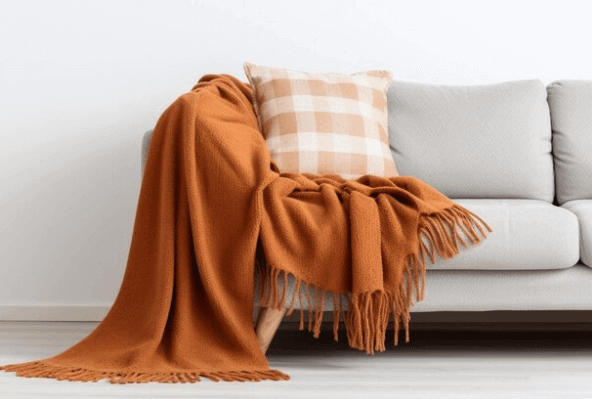
3D Pens Demystified: Your Path to Artistic Mastery
Introduction
In the realm of modern technology, 3D printing pens stand as remarkable tools that bridge the gap between imagination and reality. These innovative devices have captured the imagination of creators, artists, and hobbyists across the United States. In this comprehensive guide, we’ll explore the fascinating world of 3D pens, from understanding how they work to unleashing your creativity. Get ready to dive into this exciting journey of artistic expression!
Table of Contents
- The Artistic Revolution with 3D Printing Pens
- How Does a 3D Printing Pen Work?
- Types of 3D Printing Pens
- Choosing the Right Filaments
- Getting Started with Your 3D Printing Pen
- Tips and Tricks for Mastering 3D Printing
- Inspiring 3D Printing Projects
- Frequently Asked Questions
- Conclusion: Your Path to Creative Excellence
1. The Artistic Revolution with 3D Printing Pens
In recent years, 3D printing pens have ushered in an artistic revolution. These devices allow you to create three-dimensional objects with ease, offering limitless possibilities for artistic expression. From intricate sculptures to functional prototypes, 3D printing pens are changing the way we imagine and create.
2. How Does a 3D Printing Pen Work?
3D printing pens work on a simple principle: they extrude heated plastic filament, which quickly cools and solidifies, enabling you to draw in three dimensions. This process is similar to traditional 3D printing but offers more freedom and creativity.
3. Types of 3D Printing Pens
There are various types of 3D printing pens available, each catering to different needs and skill levels. These include:
- Entry-level pens for beginners
- Professional-grade pens for advanced users
- Wireless and corded options for convenience
4. Choosing the Right Filaments
The choice of filament material greatly impacts your 3D creations. Options include PLA, ABS, and specialty filaments like wood and metallic blends. Consider your project’s requirements and the material’s properties when selecting the right filament.
5. Getting Started with Your 3D Printing Pen
- Read the user manual thoroughly to understand your pen’s features.
- Practice basic techniques like drawing straight lines and curves on scrap paper.
- Experiment with different temperature and speed settings to achieve the desired results.
6. Tips and Tricks for Mastering 3D Printing
- Maintain a steady hand and move slowly for precise details.
- Use a stencil or template for complex designs.
- Embrace imperfections; they can add character to your creations.
7. Inspiring 3D Printing Projects
- Create personalized jewelry and accessories.
- Craft intricate figurines and sculptures.
- Design functional objects like phone stands and vases.
8. Frequently Asked Questions
Q1: Can I use a 3D printing pen for educational purposes?
- Yes, these are excellent tools for STEM education, allowing students to visualise concepts in a tangible way.
Q2: What safety precautions should I take when using a 3D printing pen?
- Always work in a well-ventilated area and avoid direct contact with hot nozzle tips to prevent burns.
Q3: Are there affordable options for beginners?
- Yes, there are budget-friendly 3D printing pens designed with beginners in mind.
9. Conclusion: Your Path to Creative Excellence
With a 3D printing pen in hand, you’re not just creating art; you’re sculpting your imagination into reality. Whether you’re a seasoned artist or a curious beginner, these remarkable devices offer a thrilling journey of self-expression. Dive into the world of 3D printing pens, explore the endless possibilities, and embark on your path to creative excellence. Unleash your imagination, and let the world witness your unique artistic vision.





